Environmental Science and Engineering
Bugs boost clean-up
Resins improve bacterial performance in converting seawater to potable supply.

With water security a major global challenge, many countries now rely on desalination plants for clean, fresh water. KAUST researchers have identified a novel way to improve the efficiency of a new type of desalination cell powered by bacteria.
Established commercial desalination processes rely on reverse osmosis and distillation, methods that consume large amounts of energy and emit greenhouse gases. However, a relatively new option developed by Bruce Logan, an environmental engineer at Pennsylvania State University, uses microbial desalination cells that harness a certain group of bacteria which have the ability to transfer electrons extracellularly — a capacity that can be utilized to desalinate and treat wastewater, while generating electricity.
Now KAUST researchers, led by Pascal Saikaly from the Water Desalination and Reuse Center, have collaborated with Logan’s laboratory to improve on their design1.
Logan’s design was based on microbial desalination which uses bacteria and wastewater as an organic ‘fuel’ to drive the salt removal from the water. Bacteria oxidize organic substances present in wastewater to generate electrons and protons. These positive and negative charges then force the salt removal process through positively and negatively charged membranes.
But there is a hitch; Saikaly explains that progressive salt ion removal in these cells leads to a build-up of solution resistance which degrades cell performance. To reduce solution resistance, Saikaly’s team designed a new cell by packing ion exchange resins as conductors into a five-cell stack of positively and negatively charged membranes in the desalination chamber. This chamber is sandwiched between the anode chamber, filled with wastewater, and the cathode chamber, holding a synthetic salt solution. To compare the effect of the resins, the researchers built a similar cell without the resins.
Tests showed that the cells containing resin boosted performance and had higher desalination rates and power densities than their resin-free counterpart. There was a rate increase of approximately 90 per cent for solutions with moderate and high initial salt concentrations.
The cells containing resin also reduced salinity in both solutions more efficiently. Only 1.25 liters of wastewater was required to desalinate one liter of saline water which is significantly lower than previously reported values for similar salinity reductions. These proportions are essential for making the technology cost-effective and energy-efficient as its application is scaled up, explains Saikaly.
Besides planning improvements to widen the scope of this technology, Saikaly’s team is creating other microbial technologies to recover fresh water and energy from domestic wastewater.
References
- Shehab, N.A., Amy, G.L., Logan, B.E. & Saikaly, P.E. Enhanced water desalination efficiency in an air-cathode stacked microbial electrode ionization cell (SMEDIC). Journal of Membrane Science 469, 364–370 (2014). | article
You might also like

Bioscience
Sediments reveal core stressors on Red Sea ecosystems
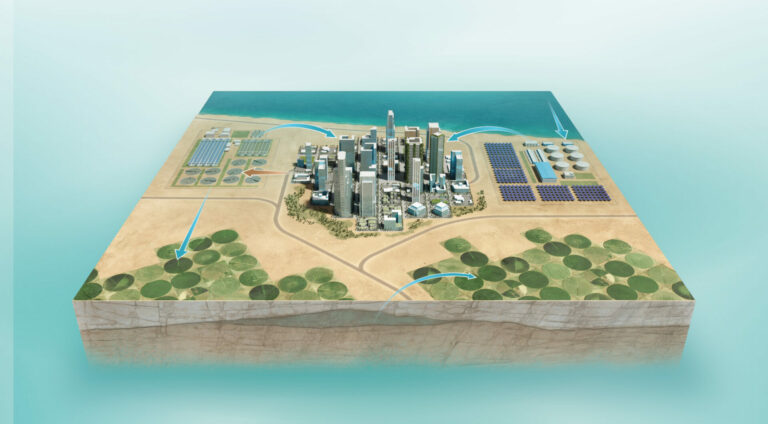
Bioengineering
Greening initiatives that hit home
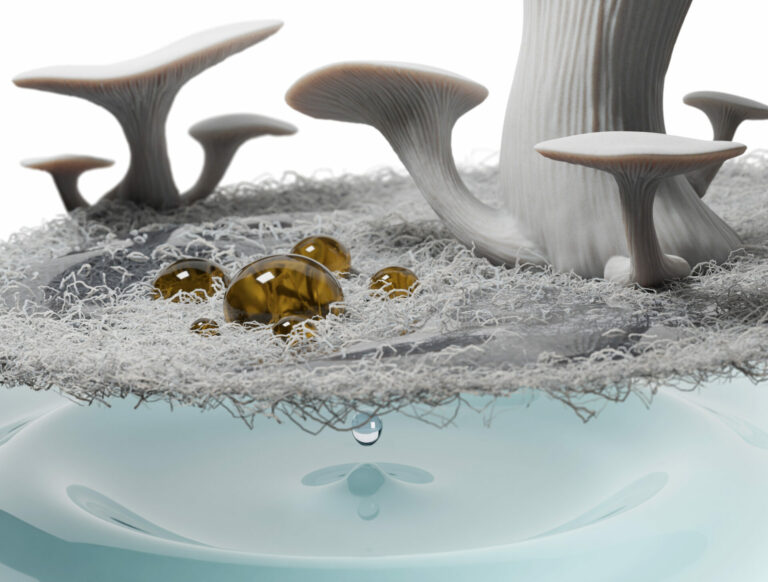
Chemical Engineering
Magical mushrooms turn membranes green
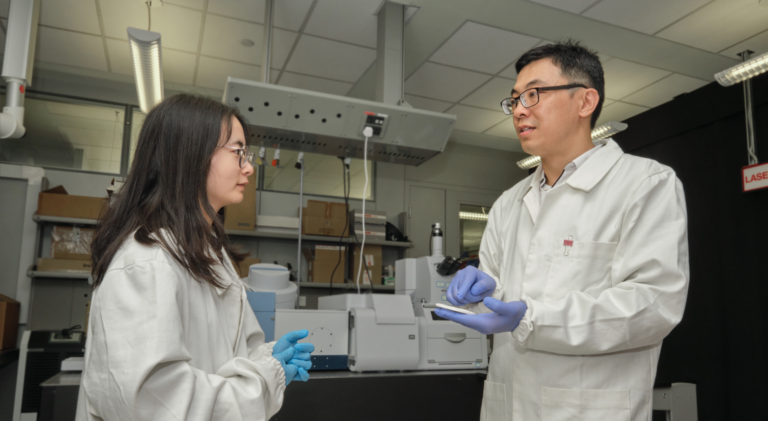
Environmental Science and Engineering
A green polymer film offers climate-friendly cooling
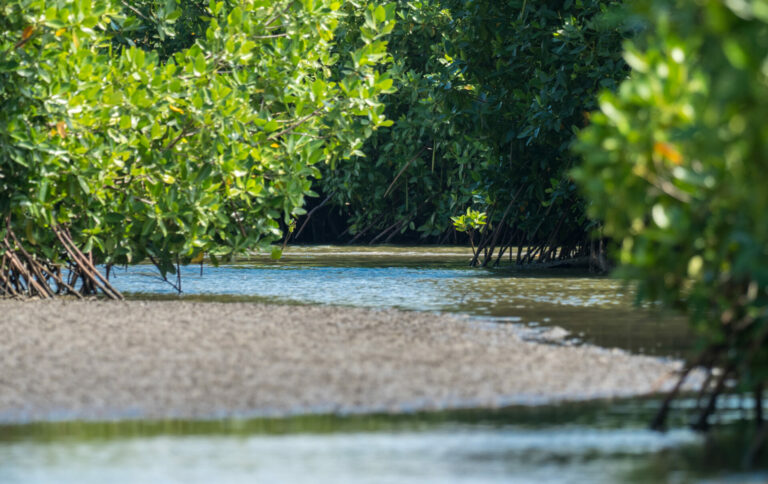
Bioscience
Accounting for oxygen in modeling coastal ecosystems
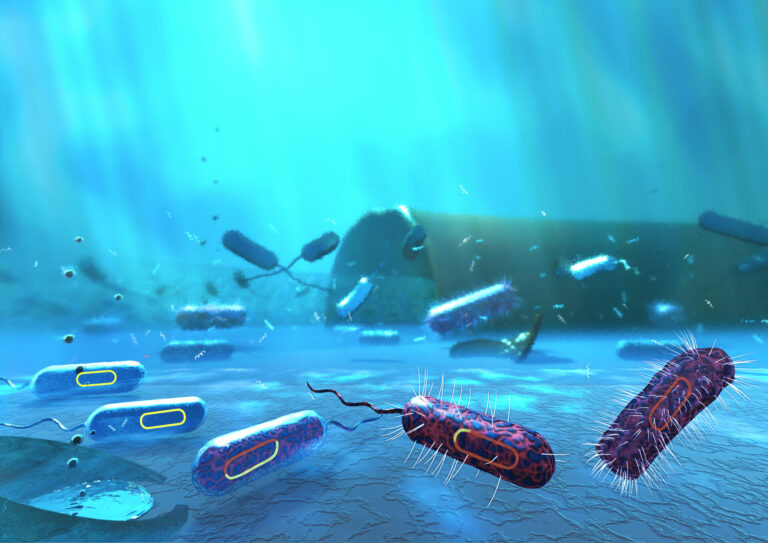
Bioengineering
Cutting the odds of drug-resistant pathogens emerging in wastewater
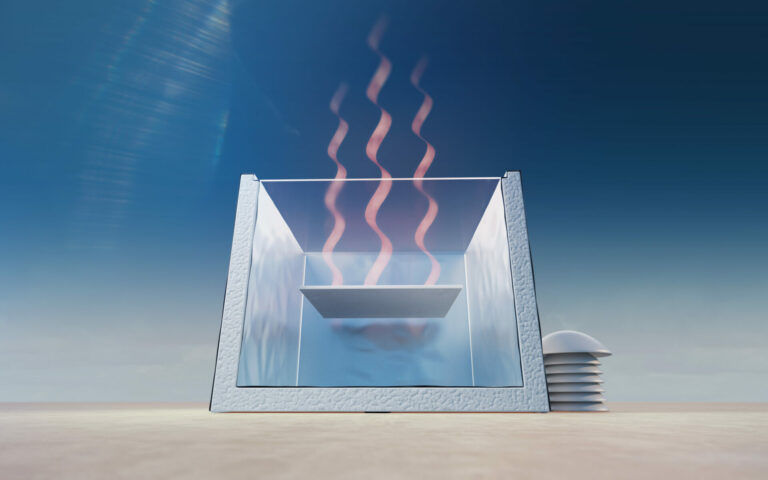
Environmental Science and Engineering
Sharing best practice for radiative cooling
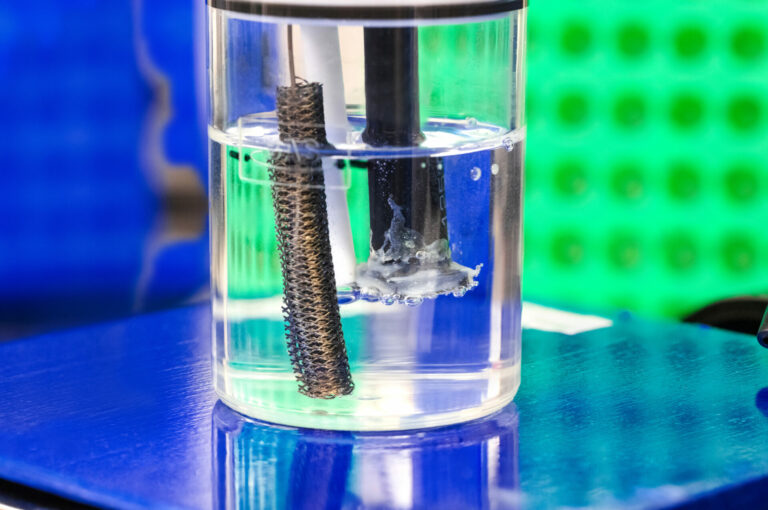
Environmental Science and Engineering



